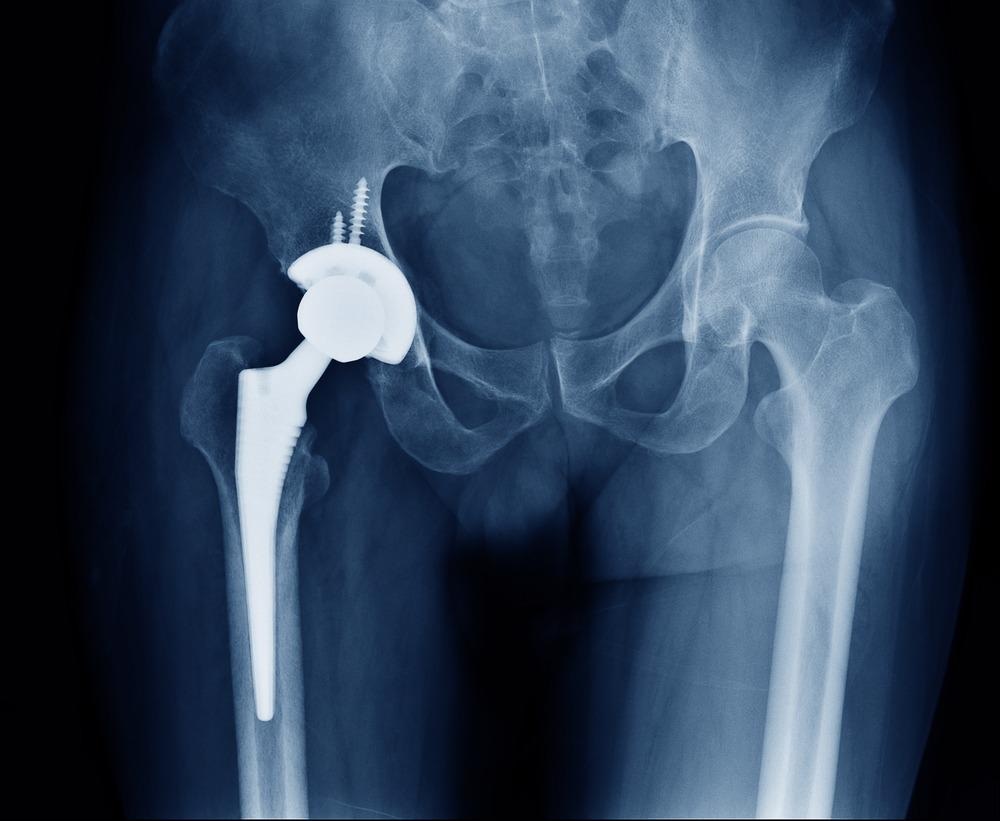Bioactive coatings are vital in the success of implants as they stimulate biological responses beneficial for the body. Ph.D. student Imran Deen and Professor Federico Rosei of the Institut National de la Recherche Scientifique (INRS) have been developing a coating that simulates bone tissue.

Traditional metal, ceramic, or polymer implants have limited bioactive properties. The healing process can be lengthy and have a higher risk of rejection. Developing a new generation of implant materials that promote compatibility and integration is crucial.
Federico Rosei, Professor, INRS
Bioactive Materials
Using three bioactive materials, the researchers have been developing an advanced coating. Chitosan, which is found in shrimp shells, exhibits antimicrobial properties. Cells migrate and grow more easily in the presence of collagen, which is one of the organic components found in bones. Copper-doped phosphate glass induces the formation of blood vessels and the reconstruction of bones.
The ability to deposit such coatings allows for the potential to make implants with tailored biological properties. It holds promise for biomedical applications, as these coatings can provide better implant-host interactions.
Imran Deen, Ph.D. Student, INRS
Electrophoretic Deposition Method
To create the coating, the researchers used electrophoretic deposition. The implant serves as an electrode onto which particles of bioactive material are deposited, thereby forming a layer.
However, this method does not affect the structure and properties of the bioactive materials. In contrast to other deposition methods used at present, the new method can be applied to complex shapes at standard room temperature and pressure without costly equipment.
Deposition can also be easily tailored to specific applications as the new method is versatile. The technique can, for instance, be applied to chemically and biologically inert coatings, antimicrobial and hydrophilic coatings, or bone surface reconstructions. In addition to producing coronary or venous stents, this product could also be used in bone transplants and medical environments to inhibit bacterial transmission. This would prevent biological infections.
It is now necessary to perform more studies to verify the proof of principle behind the new method, specifically in biological terms. To use this kind of coating in clinical applications, it is vital to measure cell proliferation at the coating surface and in vivo tissue adhesion.
Journal Reference:
Deen, I., et al. (2021) Electrophoretic deposition of collagen/chitosan films with copper-doped phosphate glasses for orthopedic implants. Journal of Colloid and Interface Science. Available at: https://doi.org/10.1016/j.jcis.2021.08.199.